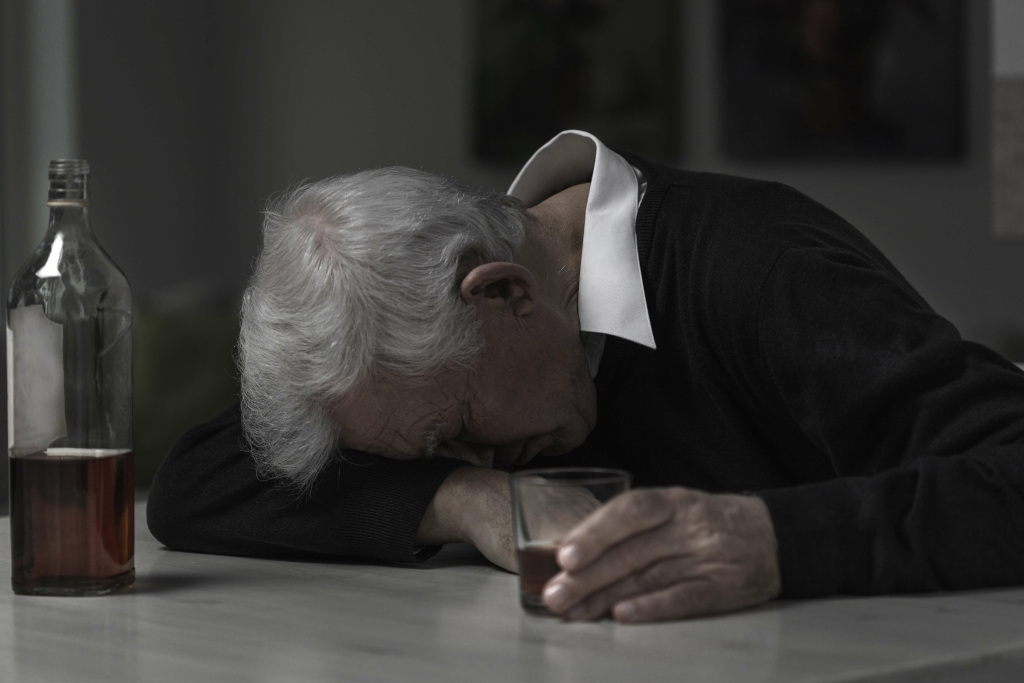AA Thought for the Day
Keeping sober is the most important thing in my life. The most important decision I ever made was my decision to give up drinking. I am convinced that my whole life depends on not taking that first drink. Nothing http://gardeningleave.ru/?page=2 in the world is as important to me as my own sobriety. Everything I have, my whole life, depends on that one thing. For others, they may experience urges to drink more so during the summer months when it’s warm outside.
- They also feature a newsletter and plenty of resources (such as city updates and personal stories for inspiration) for those who want some additional information online.
- SMART Recovery is a science-based program that emphasizes self-empowerment and self-reliance.
- If you think you can stick with it, creating a tapering schedule and gradually reducing how much you drink is usually the best approach.
- Even the treatment centers insisted on attendance at some form of AA or NA meeting, so there was no getting away from the dominant 12-step culture.
- You may want to avoid going to bars, for example, even if it’s only to catch up with a friend or to get dinner.
Or, you might need time to build a support system if your addiction negatively impacted friends and family members. You might have a slip, relapse, or strong urge to drink or use drugs. There is no shame in admitting that you need to go back in your recovery! Sometimes, you need to take a step back before moving forward. Recovery can be a linear process, yet you might need to go back if you aren’t ready to move forward.
Healthy Lifestyle Changes
The following year, he told Rolling Stone he gave up alcohol because he was “sick of waking up with a dry throat, sick of feeling bloated and sick of the decisions” he made while under the influence. If I hadn’t finally taken the big step of asking for help 30 years ago, I’d be dead,” he wrote on Instagram in 2020 to commemorate three decades of sobriety. She spent more than a year in rehab as a tween and became emancipated from her mother at the age of 14, after which she began rebuilding her life and her tarnished career.
- You might find that group therapy benefits you more if you need the guidance of a therapist for mental health, social, emotional, or relationship issues.
- Their New Life Program is based on 13 acceptance statements, and six levels of recovery.
- If you find it difficult to make new, sober friends, try joining a support group.
- Developing a new sense of self-control is integral to staying sober without AA.
Always talk positive on your social media profiles or home. This means you write when happy, sad, frustrated, agitated or worried. Through writing, you are able to relieve your stress and emotions into words. You can take advantage of these places to start your amazing journey to recovery. Rest assured that you don’t have to go to such drastic measures to get sober.
OUR DAY JOB
If you’re involved in a 12-step program, you likely already know the importance of milestones. In these programs, it’s customary to receive plastic chips as you progress to the one-year mark, at which time you receive a bronze coin. Many people who misuse alcohol or drugs have trouble dealing https://www.mobipower.ru/modules.php?name=Pages&pa=showpage&pid=24 with anger. If left unchecked, anger can have a negative impact on your health and your lasting sobriety. A therapist can help you learn new coping skills, develop new thinking patterns, and address any co-occurring mental health conditions that may make recovery more difficult.
Avoid the people that want to drag you down because they aren’t ready to get sober themselves. Withdraw yourself from anything that might compromise getting sober. Chances are they have been waiting for you to get to this point, and they are eager to help you maintain sobriety. Focus on maintaining your relationships with the people that push you to be better.
Sober Black Girls Club
Following that, you get back in the real world, where your life of sobriety is just beginning. Each stage of recovery brings you closer to your goal of long-term sobriety. When you advance to a new phase, tell your loved ones and share your success with them. Staying sober long-term takes self-care, http://sohmet.ru/books/item/f00/s00/z0000043/st059.shtml getting support, a relapse prevention plan, and committing to healthy living. One of the best middle-ground options out there is online treatment. Although it can’t help with medical detox, practically every other aspect of a well-rounded rehab program can be done through your phone.
There are advantages to the 12 step method, and many people experience success with it. However, Alcoholics Anonymous (AA) doesn’t mesh with everyone’s perspective. Some elements of the program, including the belief in a higher power, aren’t the right fit for everyone. Revisiting those words now and again will mould you into a better person who can stay sober without AA. Its like words light up your way so that you can follow on a clear path to recovery. This works best particularly when you feel an urge to drink.
SMART Recovery
She Recovers believes that you don’t have to get to the bottom in order to recover from something. This Facebook group an excellent place for moms in sobriety to connect to their fellow sober mothers. It’s a welcome respite from all of those “mommy juice” jokes. The sober/sober-curious group acknowledges that all of its members do things differently and have different philosophies about drinking. One of their top rules is all about sharing that philosophy without attacking another’s.
- RehabAdviser.com is a tool for individuals seeking to find a Drug and/or Alcohol Rehab.
- Another advantage of staying sober without AA is the opportunity to build a support system outside of the program.
- Moderation Management is a program that focuses on helping individuals reduce their alcohol consumption to a moderate level or quit altogether.
- “This process is not easy but I did it, I plan on continuing practicing sobriety,” she wrote in an Instgram slideshow celebrating the milestone.
- Aside from support groups, there are many other ways to get help for your alcohol use.







Comentários